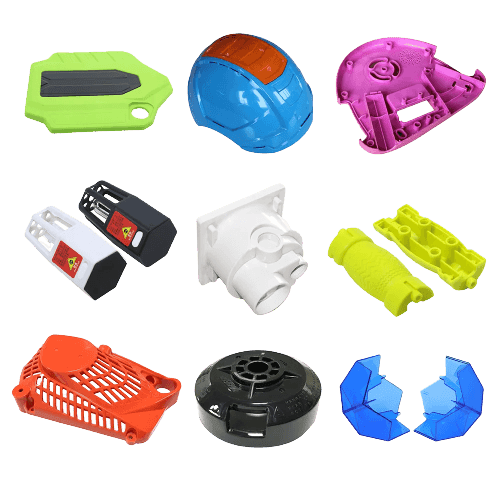What is Plastic Injection Tolerances
Plastic injection tolerances refer to the permissible deviation in the dimensions of the finished product from the original design specifications. These tolerances depend on various factors, such as the material used, the size and complexity of the part, the type of mold used, and the production process.
The most common plastic injection tolerances are:
Dimensional tolerance: This refers to the acceptable range of variation in the size, shape, and thickness of the finished part. The tolerance depends on the specific dimensions and can range from +/- 0.005 inches to +/- 0.025 inches.
Surface finish tolerance: This refers to the acceptable range of variation in the surface texture, roughness, and gloss of the finished part. The tolerance can range from a visible texture to a smooth surface finish.
Color tolerance: This refers to the acceptable range of variation in the color of the finished part. The tolerance can range from a slight variation in hue to a significant difference in color.
Warpage tolerance: This refers to the acceptable range of variation in the distortion or bending of the finished part due to cooling or other factors. The tolerance can range from minimal warping to significant deformation of the part.
The specific tolerances for a plastic injection part will vary depending on the application, strength and rigidity requirements, cost, and material properties. The tolerances are critical to ensure that the finished product meets the required specifications and performs as desired.
How to Control Plastic Injection Tolerances
Understand the specifications: Review the design specifications and tolerances to ensure that you understand the exact measurements required for the end product.
Choose the right material: Select the right material that meets the required specifications, as well as any regulatory requirements.
Optimize the mold design: Work with the toolmaker to optimize the mold design, paying particular attention to gate location, cooling system, and part ejection.
Monitor melt temperature and injection pressure: Maintain consistent melt temperature and injection pressure during the injection molding process.
Use process control methods: Use statistical process control methods, such as Six Sigma, to ensure consistent and accurate injection molding performance.
Inspect the parts regularly: Inspect the parts regularly during production to ensure they meet the required specifications. If any issues arise, adjust the molding process as necessary.
Continuously improve the process: Continuously improve the injection molding process based on the results of inspections and any feedback from customers, suppliers, or other stakeholders.

